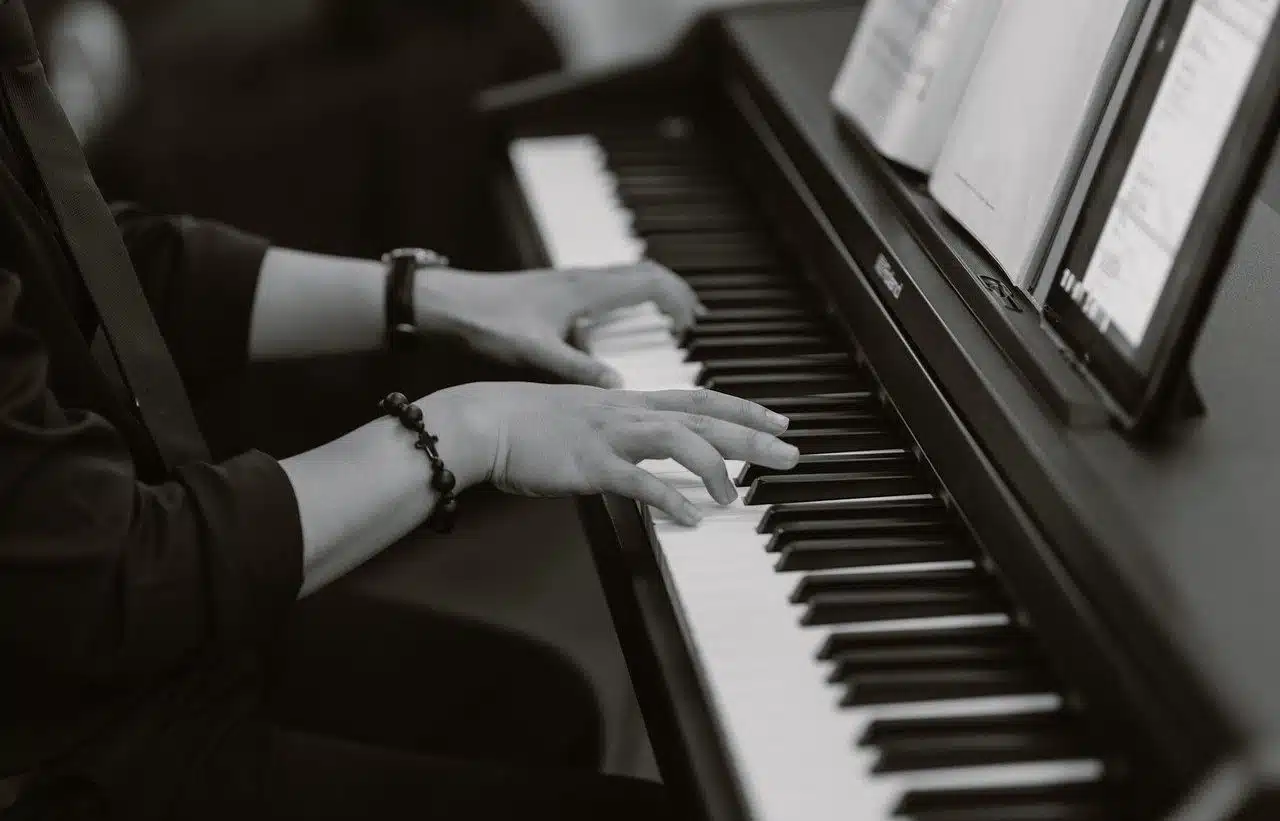
Requiem is the Catholic mass that prays for the soul of a deceased person and the name of the musical composition that accompanies said text.
Requiem is the name given to the Catholic mass that is held to pray for the soul of a person who has died. This ceremony is usually performed before a funeral and at subsequent events to remember the deceased individual.
The concept is also used to name the musical piece that accompanies the liturgical text of the ceremony in question. For this reason, a large number of compositions are called requiems, even though their interpretation is rare today.
Originally intended for Gregorian chant , the requiems later had polyphonic and other versions . There are a cappella requiems and others that use different instruments as accompaniment.
Parts of the requiem
The liturgy is divided into different parts: Introit, Kyrie eleison, Gradual, Tract, Sequence, Offertory, Holy, Agnus Dei and Communion. Given the length of the texts , musicians often make the decision to omit certain fragments or to divide the liturgy into several movements. Let's see the content of each of the parts below:
- Introit : the Lord is asked to provide the deceased with perpetual light and eternal rest, mentioning that all mortals turn to him and the sacrifices that are offered in his honor in Jerusalem.
- Kyrie eleison : the text is short and its three verses are practically identical, all with the objective of asking Christ for mercy.
- Gradual : in this third part of the requiem, the faithful ask the Lord that the dead enjoy eternal rest and endless light, as in the Introit, but the importance of having acted justly during life is also mentioned, so that their memory will never fade away.
- Tract : God is asked to absolve the souls of those who turn to him, so that they do not have to bear the weight of their sins and that, instead of suffering revenge, they can be eternally happy protected by his grace.
- Sequence : we speak of the "day of wrath " , the one in which everything will be reduced to mere ashes, of which the Sibyl and King David will be witnesses.
- Offertory : Christ is asked to free the souls of the dead from the infernal flames and the infinite abyss, so that they will not be lost in the darkness, but rather find the holy light that was promised to Abraham and his descendants. Praise and supplications are offered to him in exchange for giving the deceased eternal life.
- Holy : This part serves to exalt the greatness and holiness of the Lord, whose glory floods heaven and Earth, and to bless those in whose name they appear.
- Agnus Dei : similar in simplicity to Kyrie eleison, its lines are practically the same as each other and ask the Lamb of God to give eternal rest to the dead.
- Communion : to close the requiem, we pray once again that the eternal light illuminates the deceased, exalting the mercy of the Lord.
There are other texts, which have been added to some arrangements, such as the motet « Pie Jesu », the « Libera me » (which comes from the « Absolution ») and the « In paradisum » (from the burial).

Wolfgang Amadeus Mozart is the composer of one of the best-known requiems.
famous works
Wolfgang Amadeus Mozart 's requiem is one of the best known. This is the last composition of the Austrian musician, which he left unfinished and was finished by his disciple Franz Xaver Süssmayr according to his instructions. This requiem was premiered at the mass that was held after Mozart 's own death .
Antonio Salieri, Robert Schumann, Johannes Brahms, Giuseppe Verdi, Igor Stravinsky y Andrew Lloyd Webber son otros compositores que han creado réquiems, muchas veces con la intención de que sean interpretados en funerales de seres queridos para honrar su memory.
